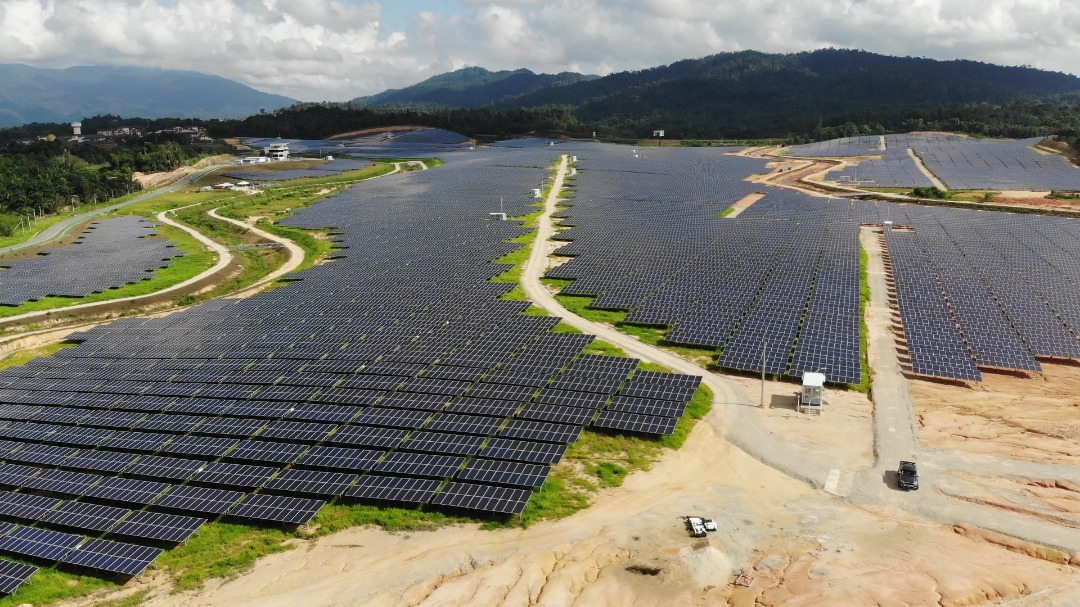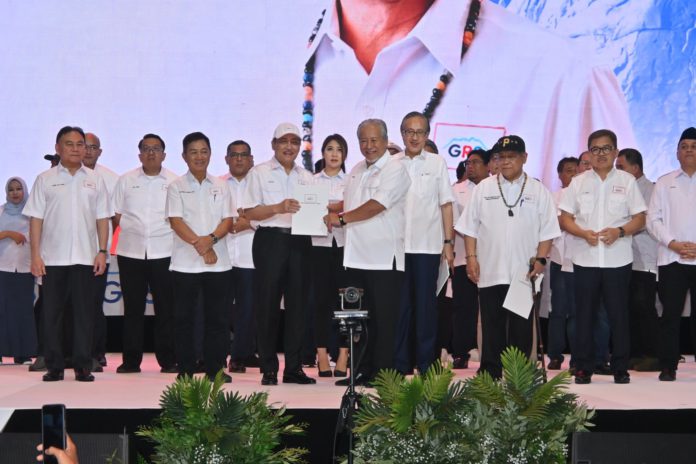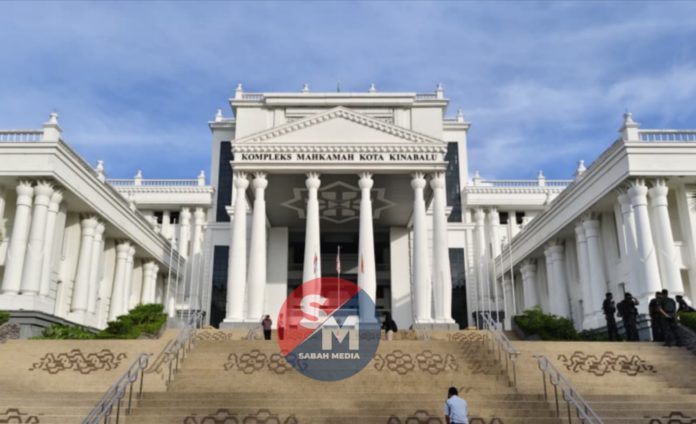by Vivien Joannes
KOTA KINABALU – Usually, it takes some bad experience for one to see the beauty of things.
And the recent prolonged hot weather did just that – opening everyone’s eyes, be it consumers or the Government, the importance of a sustainable power supply to feed the needs of not just day-to-day activities, but also the state’s economy.
Sabah Electricity Sdn Bhd was forced to implement power rationing in several districts as a move to stabilise the state’s electricity grid system due to high demand during the hot weather, with average demand rising to about 1080 megawatts (MW) daily, while power generation could only reach 1011MW daily, compared to the average of 950MW, and 970MW during peak hours daily.
The statewide blackouts in May due to load shedding and the continued power rationing, which went between averagely six hours in some places to over a month in many districts, particularly in the East Coast, raised red flags amongst consumers, demanding quick action by the Sabah Government to come up with short and long term measures to resolve the issue.
In June, the Sabah Chief Minister Datuk Seri Hajiji Noor, in the Planning and Implementation of Electricity Tariff Committee (JPPPET) meeting, which he co-chaired with Natural Resources, Environment and Climate Change Minister Nik Nazmi Nik Ahmad, expressed that the State Government is gearing up to take full regulatory control of its electricity supply with a special state assembly sitting planned for next Jan 3, following Prime Minister Datuk Seri Anwar Ibrahim’s green light, in principle, for the take over on Jan 1, 2024.
Both Hajiji and Nik Nazmi also endorsed the Sabah Generation Development Plan (2023-2027) formulated by the Energy Commission of Sabah (ECoS), aimed at providing an immediate solution to Sabah’s current critical shortage of power generation capacity.
Realising the need for huge investment in improving the electricity supply in Sabah, Nik Nazmi assured the Sabah Government that it has the Federal Government commitment to boost the state’s energy capacity.
According to him, the Federal Government had provided a RM2.3 billion grant under the 11th Malaysia Plan (11MP) and also a loan of RM1.14 billion under the 10MP for the implementation of projects to strengthen the electricity transmission and distribution system.
Apart from addressing the dire need for better power supply, the dry weather also turned the table to another option – renewable energy (RE), in particular, solar.
Industrial and Entrepreneurship Minister Phoong Jin Zhe suggested a “democratising energy for the people”, by urging ECoS and SESB to consider allowing residents to install solar panels amid the power shortage.
Through this method, the solar energy would provide an alternative for Sabah to generate power, while reducing the burden on SESB as the community could utilise their micro-electricity grid.
Phoong noted that Sabah’s power generation is 90 per cent dependent on natural gas, which is limited and expensive, and it is almost impossible to implement the hydroelectricity power plant like neighbouring Sarawak due to the size of Sabah’s rivers and concerns over the effects on environment and locals living in the area.
In short, the potential for solar power is huge in Sabah, and as of May this year, it is already generating 84MW, with 50MW coming from the Kudat solar farm since 2018 and 34MW through the feed-in tariff with photovoltaic cells. Large-scale projects are also being implemented all over the state, and expected to be ready by 2024, with a generation of 62MW. It also helps reduce carbon emission, which is good for the environment.
In total, Sabah will have about 146MW, or 11 per cent, of the total generation grid capacity, leaving rooms for more investment into the sector.
Even German Ambassador to Malaysia Dr Peter Blomeyer suggested the state to consider developing more solar plants to address power shortage, citing interest of thousands of companies from his country to place their investment in East Malaysia.
Sabah, although, has the best solar potential in Malaysia, it however needs better technology to ensure stability of the power grid. The capacity of solar energy delivered to the state’s electricity grid can be increased when energy storage systems mature and are integrated with solar energy technology.
It is believed that with the takeover of regulatory power over electricity supply, including RE from the Federal Government by end of this year, ECoS and the State Government would be able to evaluate the implementation of offgrid solar energy projects, such as self-generation/consumption and dedicated supply to the industrial estates and other similar initiatives.




